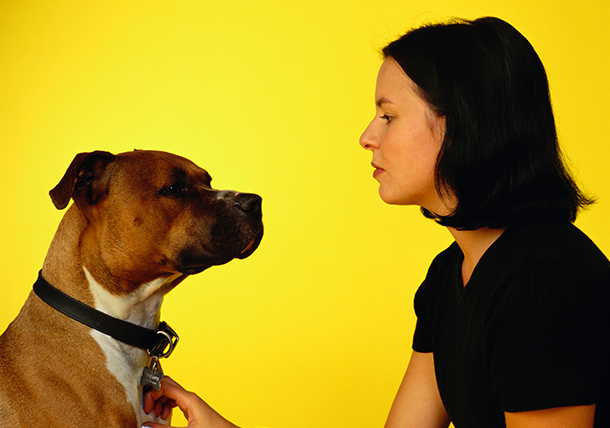Dry Skin

Dry scaling or flaking of the skin is a common dermatologic issue known as seborrhea. The flaking can be very itchy or not bother an animal at all. It can be dry, oily or greasy. If you see excessive flaking along the backside of your pet, it is highly recommended that you check with your veterinarian to make sure there are no underlying issues.
Possible Causes of Dry Skin
- Dry, itchy, flaky skin always has an underlying cause.
- The most common is allergies, especially seasonal.
- Reddened, itchy skin with an odor can be an indication of a secondary yeast or bacterial infection that may need oral medications to treat.
- There are parasitic infections—mites, fleas, ringworm—that can cause flaky, dry skin.
- Endocrine diseasesdisorders of the endocrine system and certain autoimmune diseases also will cause skin issues, and it is best to see if your veterinarian recommends additional testing.
Treatment
To treat a simple dry skin disorder, consider giving your pet omega-3 fatty acids or fish oils. These have anti-inflammatory properties and help alleviate dry, flaky skin. Be sure to get a correct dose for your pet because too much can cause diarrhea or other side effects. Most veterinarians carry a product that is easily dispensed onto the food and can be dosed correctly for your pet’s weight. Omega-3 fatty acids also help boost the effects of other veterinary-prescribed medications.
Topical Therapies
The mainstay of treatment will be topical therapies, such as shampoos and conditioners. However, these should be formulated specifically for dogs and cats. Do not use a human shampoo for your pet. There are many kinds to choose from, so ask for help from your veterinary hospital in selecting one appropriate for your pet’s skin condition. It’s important to know that medicated shampoos do not lather very well. Use two to three palm-sized amounts with a lot of water, and scrub and work the shampoo into the affected areas, especially the armpits and groin regions, for approximately five to 10 minutes. Scrubbing rather than letting the shampoo sit seems to improve the efficacy. After scrubbing in the shampoo, rinse and follow with a conditioner. These are usually moisturizers. It’s recommended to bathe pets twice weekly, but check with your veterinarian for the appropriate frequency.
Veterinary Diets
Finally, there are great veterinary-recommended diets that can help improve skin and coat quality. Most dry skin responds favorably to diets high in omega-3 fatty acids. Diets that owners can buy at a quality pet food store include Hills’s Science Diet Sensitive Skin, Purina Sensitive Skin and Stomach and Royal Canin Skin Support. True food allergies are rare in pets. This involves an allergy to a protein source in a food so specific that specialized diets often are needed. There are prescriptions provided by your veterinarian that use either a novel protein source such as duck, venison or kangaroo or a hydrolyzed protein a protein that has been at least partially hydrolyzed or broken down into its component amino acids source. Ask your veterinarian for a skin/dermatology diet recommendation.
Gretchen Wright, DVM, is a graduate of Texas A&M University College of Veterinary Medicine, who practices at Highland Park Animal Hospital in Dallas, Texas.

